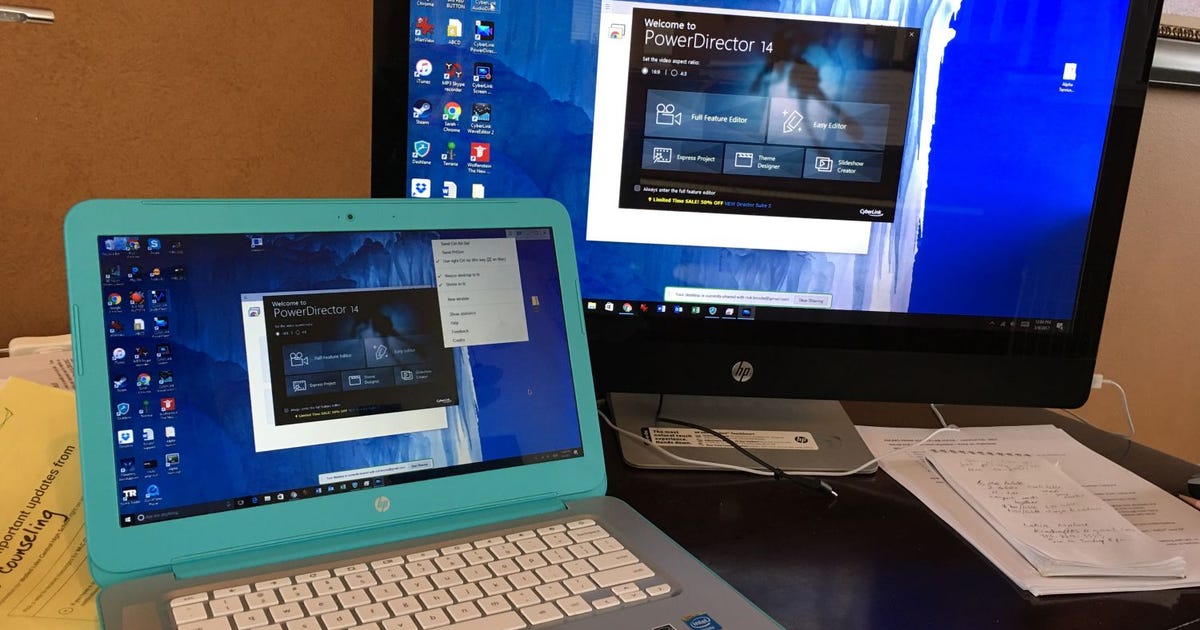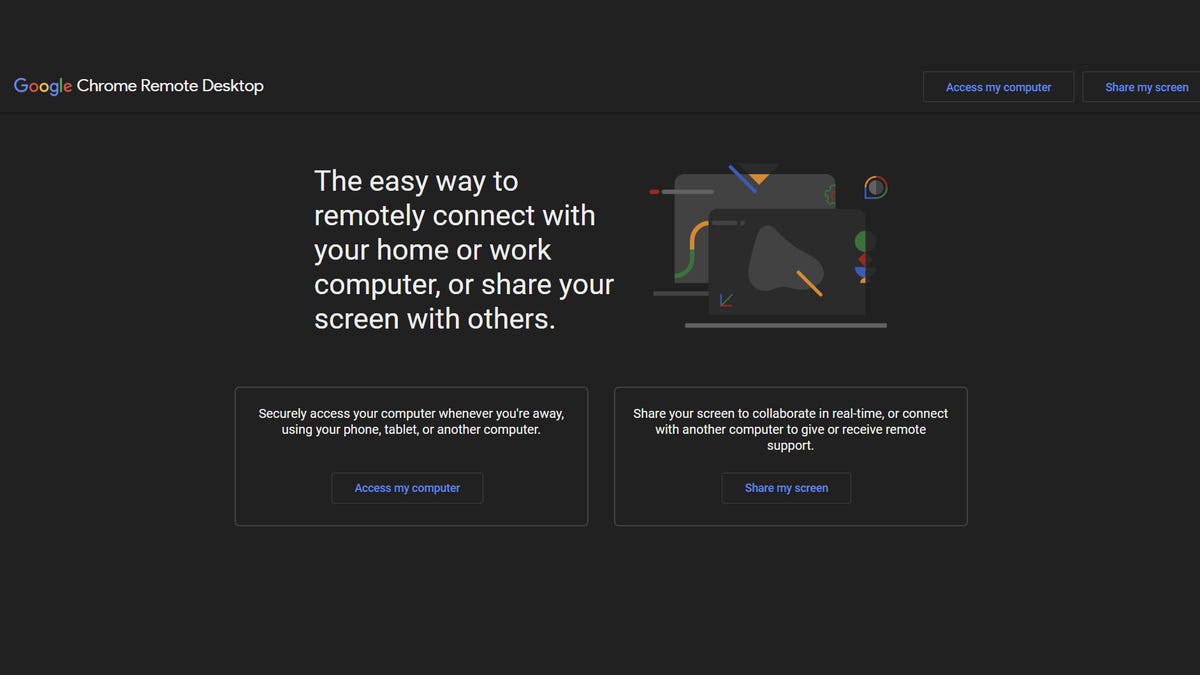Can you use windows for free do you need software for a pc software should be installed on windows what windows software do i have things you can only do on windows bcdedit /set useplatformtick yes no yes option in user account control yes you can quotes yes you can drinks yes you are the lord most high lyrics yes yours is no disgrace

Yes, you can use Windows software on a Chromebook
Chromebooks are simple, secure, generally affordable and free of many of the hassles associated with Windows PCs. Most people will find they're perfect for their needs. But there is one thing that continues to exasperate people new to Chromebooks as well as stop a lot of potential buyers in their tracks: Chromebooks can not natively install and run Windows or Mac software. By that I mean if you have software specifically made for Windows or Mac operating systems, it won't work directly on a Chromebook.
Then why does the headline of this story say that you can? Because, while Chromebooks are still known for their browser-in-a-box past, they've evolved well beyond their simplistic roots. And although you may not be able to install Windows software directly on a Chromebook, you have other options for accessing the software tools you want or need.
Pass the remote
Chromebooks make great secondary devices to a Windows PC or Mac. Part of the reason for that is Chrome's easy-to-use Remote Desktop feature that lets your Chromebook connect to a PC that's running Windows -- your desktop back home, for example, or the work laptop you left on in your office.

Chrome Remote Desktop lets you use the software on a Windows PC from a Chromebook.
Screenshot by Josh Goldman/CNETIf you've never tried this, it may sound odd -- but it works quite well. The Windows PC runs a remote-connectivity app that stays active while you're away; the Chromebook connects to that app and accesses the remote Windows desktop inside your browser, where you can run programs, update settings or whatever. For all intents and purposes, it's like you're sitting in front of your Windows machine -- while you're in front of your Chromebook.
Getting started
Google's Chrome Remote Desktop is free, easy to set up and effective. To get started, fire up your Windows PC and install the Chrome Remote Desktop extension (hereafter "CRD") in the Chrome browser. Once you get to the main setup screen, you'll see two options: Access my computer and Share my screen. Click Access my computer, then click Turn on under Set up remote access. You'll be given the option to install a CRD web app. It's not necessary but gives you a better out-of-browser experience. Regardless of what you decide, next, you'll give your computer a name followed by a PIN that's at least six digits that you'll use to remotely connect to your host PC.
Once that's done, just make sure to leave your Windows PC running, and to tweak the power settings so it doesn't go into standby mode after a period of inactivity. Although some remote-access tools can remotely wake a sleeping PC, CRD isn't one of them.

You can run Chrome Remote Desktop from a browser window or install a progressive web app (PWA).
Screenshot by Josh Goldman/CNETMaking the connection
For this to work, your Chromebook needs to be signed into the same Google account as your desktop. Once again, head to the Chrome Web Store to access CRD -- though it should already be installed as part of your Google accounts keeping in sync. You just need to click Launch app.
Once again, click Remote Access listed on the left side of the screen. You should then see your Windows PC listed there; click it, then enter your PIN. To save time in the future, click the check box that prevents you from having to enter the PIN every single time. Then click Connect.
And that's it! Now you should see the Windows desktop in your browser. Your mouse and keyboard will work as always within the confines of that browser window. You can then launch and use the software on your PC while working on your Chromebook. You can even upload and download files between the two systems. A fast internet connection for both the PC and Chromebook is needed for the best performance and even still you might run into a slight delay. That means streaming video or playing games, while possible, might not be the best experience. Overall, though, this is an awesome way to get access to Windows software on a Chromebook.
Apps aplenty
If your Chromebook is your only computer, then using Chrome Remote Desktop isn't the solution for you. However, you're not out of options just yet. So many things, especially when it comes to productivity tasks like word processing and spreadsheets, can happen in a browser or with a web app that's essentially a website that looks and behaves more like a mobile app. Google has a web store full of them.
Progressive web apps (PWA) are also available for many sites. These, too, give you an app-like experience but with more features like offline use, the option to pin them to the taskbar, support for push notifications and updates and access to hardware features. You can find Microsoft Office 365 PWAs including Outlook and OneDrive.
If you can't find a web app to meet your needs, all Chromebooks can run Android apps, too, from the Google Play Store -- more than 250 million of them are available.
Look for Linux alternatives
For those who can't find a web app or Android app to fill in for the Windows software you need, you can always search for a Linux alternative. That's right: Chromebooks can run Linux software. To set up your Chromebook to run Linux software, simply go to Settings > Advanced > Developers. There you'll see the option to Turn On a Linux development environment. Then just follow the onscreen instructions and within minutes you'll be able to start installing and using Linux software.
Once you have it up and running, you can install access to a Linux app store like Flathub and find either Linux versions of the Windows software you need or viable alternatives. With the Linux environment, you can also install software called Wine that will allow you to run Windows software on your Chromebook. It doesn't run on Arm-based Chromebooks, only Intel and AMD-powered models, but it's free and worth testing to see if that piece of Windows software you absolutely need to run on your Chromebook is compatible.
Source
Blog Archive
-
▼
2022
(148)
-
▼
December
(35)
- Hackers Threaten To Release Symantec Source Code T...
- 9 Great Reads From CNET This Week: Tech Fails, NFT...
- What Is Shrinkflation And What Does It Mean For Yo...
- 3 Spotify Audio Settings That All 188 Million Subs...
- Huawei Nova Review: Huawei Hopes Nova And Nova Plu...
- FEMA Grants, SBA Loans: How To Get Government Help...
- Don't Pull A Rudy Giuliani: Prevent Butt-dialing W...
- Peloton Guide Review: Turn Any TV Into A Guided St...
- Facebook To Meta: A New Name But The Same Old Prob...
- LG Gram 16 2-in-1 (2022) Review: Light, Long Batte...
- Best MacBook For 2022
- 'Thor: Love And Thunder' New Trailer Exposes Chris...
- See A Great White Shark Nibble A Cape Cod Research...
- Nvidia GeForce Now Replaces Founders Subscription ...
- IPhone Won't Get Under-Display Face ID, Camera Unt...
- 2021 Kia Seltos Debuts At LA Auto Show, On Sale Q1...
- Infant Formula Inquiry Launched By FTC
- Keep Your Home Spotless With The Hoover CleanSlate...
- 3 Upgrades Apple Gave The IPhone SE In 2022
- Instagram Promotes Pro-Eating Disorder Content To ...
- 2023 GMC Canyon Is A Mean Off-Road Machine
- 2023 Honda CR-V Hybrid Has Sharper Looks, More Ref...
- The Best Sci-Fi TV Shows On HBO Max
- Would You Spend $10K On NFT Stick Figures? Lots Of...
- Need Better Cell Phone Reception? Try These 10 Tip...
- Sci-fi Screenwriter Gary Whitta Wants Kids To Poop...
- Sonos' Next Speaker Could Be Its 'Best-Sounding' Y...
- Netflix Launches First Mobile Games For Android Gl...
- Samsung's Next Metaverse Move Is A Roblox Game
- Amazon Delivery Drivers Risk Write-ups And Injurie...
- Yes, You Can Use Windows Software On A Chromebook
- Huawei Exceeds 200 Million Smartphone Shipments, S...
- NHTSA Has Phantom Braking Questions For Tesla, Ask...
- The Simpsons At 30: One Big Mistake Cost The Show ...
- Anker Nebula Capsule Pico Projector Review: Phosph...
-
▼
December
(35)
Total Pageviews
Search This Blog
Popular Posts
-
Elden ring player guide elden ring new player tips playing elden ring early elden ring the elden ring elden ring story guide elden ring full...
-
Whole house clean with me clean up your house how to clean your whole house how to clean the whole house cleaning the whole house help me cl...
-
Oppo find x3 pro 5 reasons i love oppo find x3 pro 5 reasons i love oppo find x3 pro 5 reasons we stand oppo find x3 pro 5g ราคา oppo find x...
